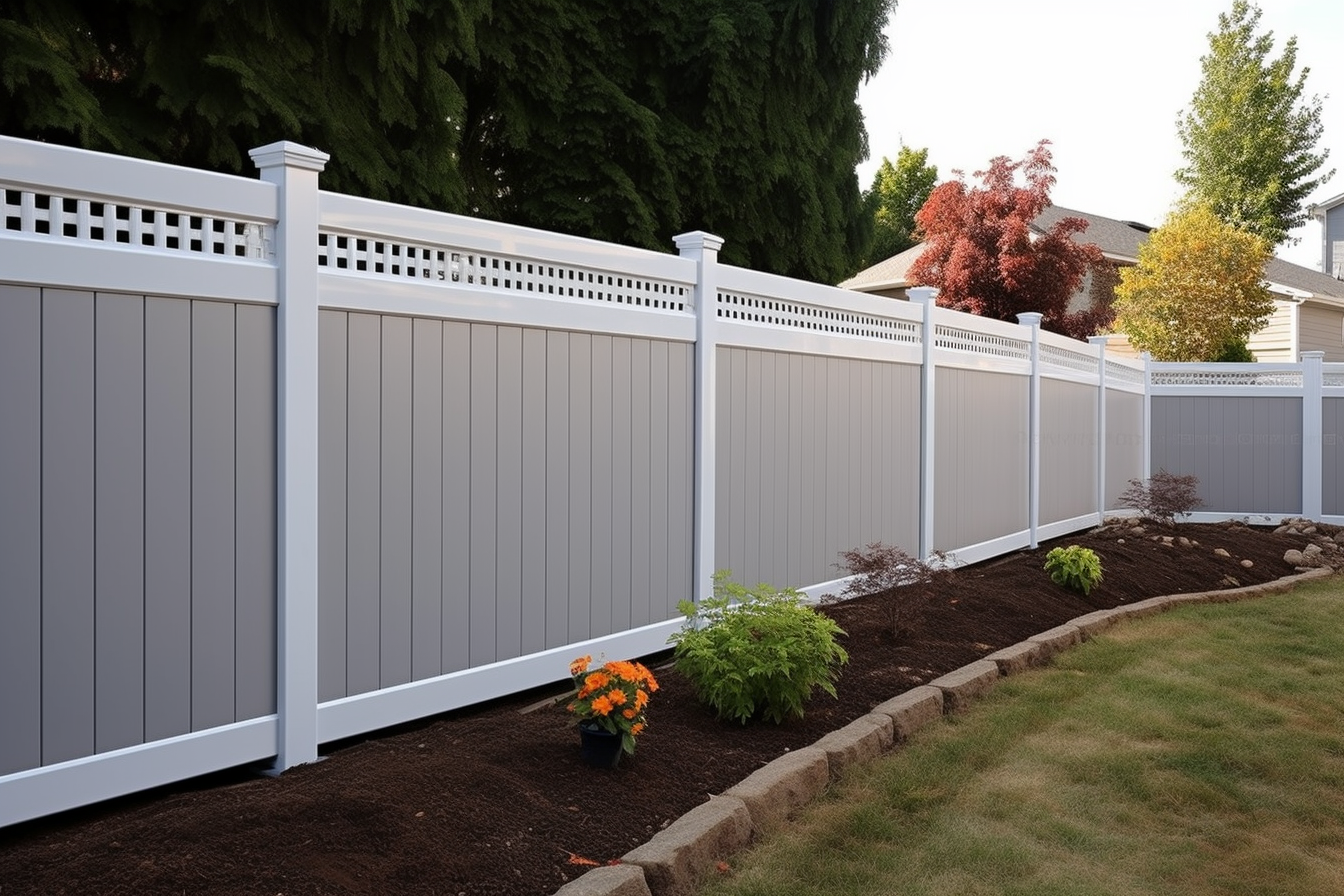Garden Fence Installation: A Comprehensive Guide to Materials, Costs, and Local Services
A garden fence serves multiple purposes, from enhancing property security to defining outdoor spaces and adding aesthetic appeal to your landscape. Whether you're looking to create a private sanctuary or establish clear property boundaries, understanding the fundamentals of garden fence installation, materials, and associated costs helps make informed decisions for your outdoor project.

Garden Fence Installation: A Comprehensive Guide to Materials, Costs, and Local Services
A well-installed garden fence serves multiple purposes beyond simple boundary marking. It protects plants from animals, enhances privacy, increases property value, and creates distinct outdoor zones. The installation process involves several key decisions that impact both immediate costs and long-term satisfaction with your investment.
Understanding Garden Fence Material Options
Material selection significantly influences your fence’s appearance, durability, and maintenance requirements. Wood remains popular for its natural aesthetic and versatility, with cedar and pressure-treated pine offering excellent weather resistance. Vinyl fencing provides low maintenance and consistent appearance but comes with higher upfront costs. Metal options like aluminum and steel deliver exceptional durability and security, while chain link offers affordability for larger areas.
Composite materials blend wood fibers with plastic polymers, creating products that resist rot, insects, and weathering while maintaining wood-like appearance. Natural materials such as bamboo provide eco-friendly alternatives with unique visual appeal. Each material type requires different installation techniques, foundation requirements, and ongoing care considerations.
Planning Your Garden Fence Project
Successful fence installation begins with thorough planning and preparation. Start by checking local building codes and homeowner association requirements, as many areas have restrictions on fence height, materials, and placement. Contact utility companies to mark underground lines before any digging begins.
Measure your property accurately and create a detailed layout plan showing fence sections, gates, and corner posts. Consider factors like drainage, existing landscaping, and future maintenance access. Determine whether you need permits and allow adequate time for approval processes. Weather conditions also affect installation timing, with dry seasons typically providing optimal conditions for concrete setting and material handling.
Professional Installation vs. DIY Considerations
Deciding between professional installation and DIY approaches depends on project complexity, available time, and skill level. Professional installers bring specialized tools, experience with local regulations, and warranties on their work. They can handle challenging terrain, ensure proper post spacing, and complete installations efficiently.
DIY installation can reduce labor costs significantly but requires substantial time investment and tool acquisition. Simple fence types like chain link or basic wood panels suit DIY approaches better than complex designs requiring specialized techniques. Consider factors like soil conditions, slope variations, and gate installations when evaluating DIY feasibility. Professional installation becomes more cost-effective for larger projects or when dealing with rocky soil, steep slopes, or intricate designs.
Calculating Garden Fence Installation Expenses
Fencing costs vary significantly based on materials, project size, and installation complexity. Material expenses typically represent 40-60% of total project costs, with labor comprising the remainder. Basic chain link fencing costs approximately $8-15 per linear foot installed, while wood fencing ranges from $15-30 per linear foot depending on style and wood type.
Vinyl fencing generally costs $20-40 per linear foot installed, offering long-term value through minimal maintenance requirements. Metal fencing prices vary widely, with aluminum costing $25-45 per linear foot and ornamental iron reaching $30-60 per linear foot. Additional expenses include permits, site preparation, gate installation, and potential landscape restoration.
| Material Type | Cost Per Linear Foot | Maintenance Level | Lifespan |
|---|---|---|---|
| Chain Link | $8-15 | Low | 15-20 years |
| Pressure-Treated Wood | $15-25 | Medium | 10-15 years |
| Cedar Wood | $20-30 | Medium | 15-20 years |
| Vinyl | $20-40 | Very Low | 20-30 years |
| Aluminum | $25-45 | Low | 20-25 years |
| Composite | $30-50 | Very Low | 25-30 years |
Prices, rates, or cost estimates mentioned in this article are based on the latest available information but may change over time. Independent research is advised before making financial decisions.
Finding Professional Fence Installation Services Locally
Locating qualified fence installation contractors requires research and comparison shopping. Start by seeking recommendations from neighbors, local hardware stores, and online review platforms. Verify that contractors hold proper licensing and insurance coverage for your area. Request detailed written estimates from multiple contractors, ensuring quotes include materials, labor, permits, and cleanup services.
Evaluate contractors based on experience with your chosen fence type, local reputation, and warranty offerings. Professional associations like the American Fence Association provide contractor directories and certification information. Schedule consultations to discuss project specifics and assess communication quality. Quality contractors provide clear timelines, detailed contracts, and references from recent projects.
Conclusion
Garden fence installation represents a significant home improvement investment requiring careful planning and decision-making. Success depends on selecting appropriate materials for your climate and needs, understanding local regulations, and choosing between professional and DIY installation based on project complexity and personal capabilities. Thorough research of materials, costs, and local service providers ensures your fence project meets expectations while providing years of reliable service and enhanced property value.




